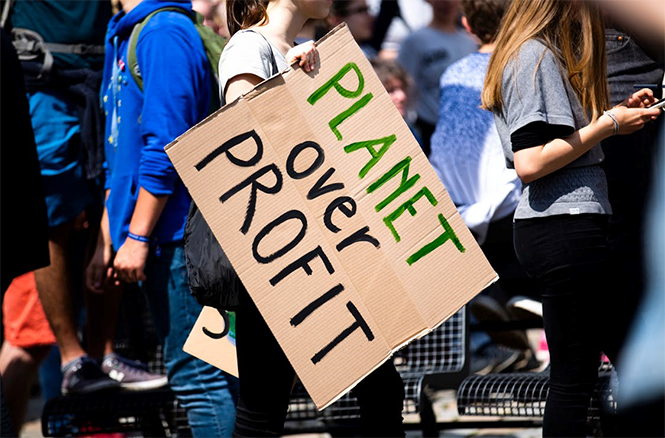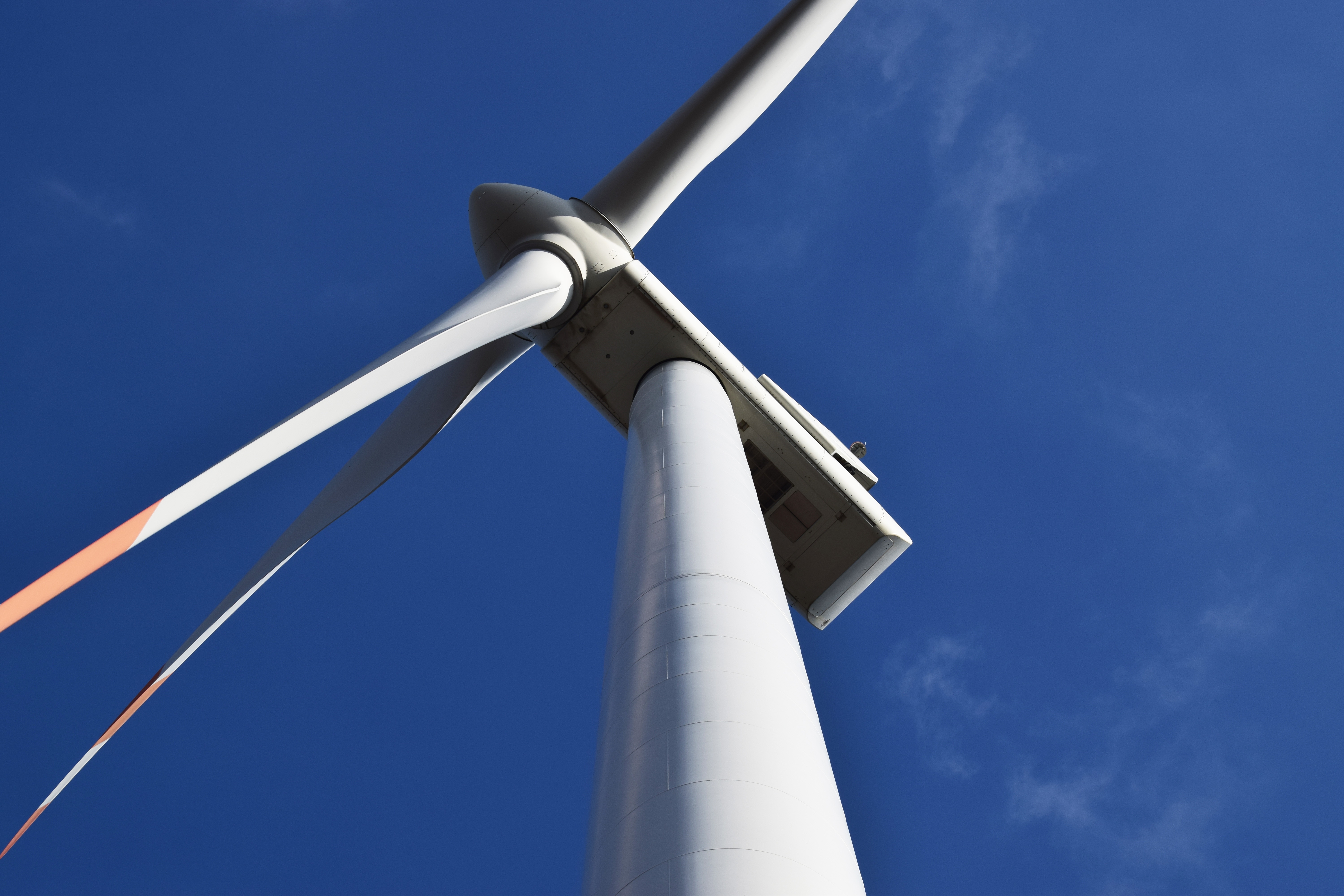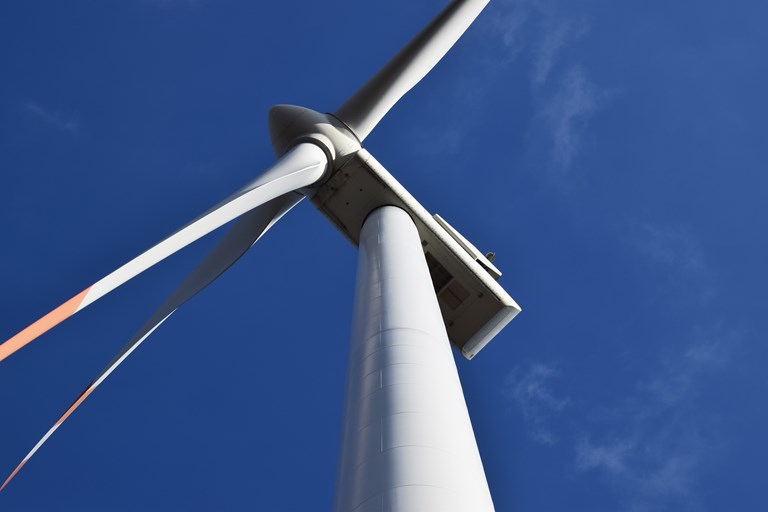In this article, Mary Stewart shares her insights and vision as she steps into the role of CEO for Energetics. For the past two years, she has represented business as an observer to one of the United Nations Framework Convention on Climate Change’s leading working groups which was part of the Technology Executive Committee. She has also been recently appointed as an industry focal point to the UNFCCC’s Standing Committee on Finance which is responsible for overseeing the global finance flows which are driving change under the Paris Agreement. In December 2018, Mary attended COP24 in Katowice, Poland.
At a time when we are seeing more action being driven by the investor community and regulators, Mary provides comment on global developments and the megatrends that business should understand as they evolve their climate risk management strategy.


What is your key message for Australian business about COP24 and its outcomes?
Don’t be left behind! The world is innovating very rapidly, in technologies, new business models and approaches to finance. Because of the lack of climate policy, Australia is losing an edge and the opportunity that is coming to address the risks and impacts of climate change.
It should be understood that COP24 and the UNFCCC process is not a majority rules outcome. It is the consensus of 197 countries, on 29 different articles (or areas of focus) of the Paris Agreement. The fact that there was not complete consensus about two aspects of Article 6 which relate to carbon markets is actually extraordinary. More than 300 points were up for debate at the beginning of COP24 and by the end of the process only four remained.
COP24 is a triumph of multi-lateralism because to reach agreement on so many complex elements shows the determination and willingness of the participating nations. What has been agreed to in the Paris rulebook, the so-called Katowice Package, represents the lowest common denominator between countries; the vast majority of the world knows that we need to do more. That’s another key message to business. There is absolute consensus that significant change needs to be made in the next decade.
No new targets were set at COP24. Why?
The focus was on developing the methods, rules and processes that will achieve emissions reductions. While a lot of parties wanted a commitment to a higher level of climate ambition coming into the event, the UN Secretary General from the outset said a session in New York in September this year will focus on ambition. So the opportunity to debate and discuss ambition was not part of COP24.
What was front and centre was the need for a Paris rulebook. Think of it as an engine to drive change. Let’s not slow down the debate on the engine because we’re not sure how fast we want it to go. Let’s build the engine. But don’t underestimate the pressure that’s coming to set a higher level of emissions reduction ambition.
What is your view on our ability to contain warming to 1.5 degrees Celsius as advised by the Inter-governmental Panel on Climate Change in its Special Report?
If we look at the four scenarios included in the IPCC Special Report, you see that only one of them forecasts reaching the target of limiting warming to 1.5oC. Everything else that was modeled assumes that we overshoot. The question in my mind is how far will we overshoot and how expensive will it be to bring emissions down so that temperatures are where we need them to be. Look at the impacts already. This year the Tour Down Under was shortened because it’s too hot to ride bicycles, the heat rules for the Australian Open were changed because it’s too hot to play tennis. Tasmania was on fire, their parks closed over the Australia Day long weekend. The devastating drought; the floods in Townsville. Other countries have their own experiences.
What will it take for the US$26 trillion to be spent by the private sector; this being the current estimate of the UN of what needs to be spent to get us to that 1.5oC future? Innovation is taking place, but how quickly can we achieve the changes necessary to limit warming? The difference in the human experience between 1.5oC of warming and 2oC is profound.
What is the climate risk management imperative for Australian business?
Different risks are associated with climate change: a transition risk which is to do with policy and a decarbonising economy. There are the physical and catastrophic risks: the extreme risks, for example, more frequent and stronger cyclones and fiercer bushfire seasons. And the existential risks of sea level rises, changing rainfall patterns and temperature increases which will result in the ongoing erosion of environmental quality.
Business needs to understand how each of their assets is exposed to these risks. You need to know what that means from a cost perspective and, with that understanding, find the opportunities. There are some critical questions to consider. Can your business model change? Should you change your supply chain? Do you need to deliver services differently? Should you deliver services and not a product? In the case of banks, can you help finance the change that is required? In the case of an insurer, what are the new insurance products that you should be offering? Some assets will become uninsurable; how do you make them insurable? Can your business model change?
Climate change adaptation and mitigation occurs against a backdrop of a changing workforce, an aging population, millennials with different expectations of life and work, industry 4.0, the rapid uptake of AI and robotics. If you are a big company now, how do you stay relevant? Climate change is a part of your future and it forms a different backdrop against which to develop your business forecast.
What’s next in low carbon technologies?
Decarbonisation of electricity will continue at pace and, at the same time, electrification will increase; particularly the electrification of transport and with that, modal shifting. Millennials are less likely to want to own or drive cars and will increasingly use public transport. There will be different concepts of the liveability in cities and actions at precinct scale.
The car industry will change profoundly. VW has stopped all development on internal combustion engines and will produce their final new internal combustion engine in 2025, only developing electric vehicles after that. They plan to have 50 purely electric vehicles available to the market by 2025; at present they have six. Tesla’s new battery powered truck has the potential for long hauls, although it’s a really long way across the Nullabor! These trucks may prove to be the final outposts of the internal combustion engine.
In the face of rapid change, a lot of companies are just trying not to be Kodak.
On Glencore and their decision to cap production of thermal coal to current levels (noting Mary’s long history with the mining industry)
Glencore is seeing the writing on the wall and this is what they need to do to continue making money across their commodities. This was not a social licence to operate announcement, it is a business decision based on their understanding of the markets for their commodities in the long term.
Glencore has high quality reserves. They are deeply invested in thermal coal and I think they are working on not having stranded assets. And they hold a diverse portfolio: moving into battery metals and anything you need to make an electric vehicle1.
What is your vision for Energetics?
Our consultants will continue to grow into this space of solving ill-defined problems. We are really good at it. We help you find the value in the complex problem, as we understand the range of risks and the value at risk. Most importantly, we are all working to make things better. I’m excited by what we can bring to support Australian businesses in this vastly complex new world.


References
1. Media release: "Furthering our commitment to the transition to a low-carbon economy", Glencore, https://www.glencore.com/media-and-insights/news/Furthering-our-commitment-to-the-transition-to-a-low-carbon-economy, 20.2.2019.



